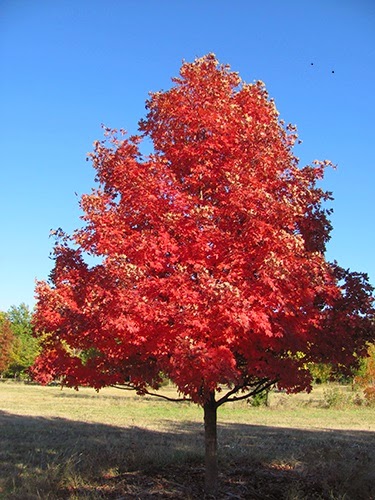Nutrient Management Workshop held January 14 in Kensington and Downs
Approximately 50 producers and agribusiness employees gained valuable fertility management guidelines by participating in the recent Nutrient Management Workshop held January 14 in two locations in the Post Rock Extension District. Producers will be making some challenging decisions soon concerning their 2014 wheat crop along with their upcoming spring row crops, and the information gained will help with those decisions. Dr. Dorivar Ruiz Diaz, K-State Research and Extension Fertility Management Specialist and Sandra L. Wick, Post Rock Extension District Agriculture Agent, Crop Production, provided information on nitrogen and phosphorus management, soil sampling and testing along with micro-nutrient considerations in crop production.
 |
| Dr. Dorivar Ruiz Diaz, K-State Research and Extension Soil Fertility Specialist visiting with producers at the Nutrient Management Meeting. |
The following are highlights from the meetings:
- Having your nitrogen topdressing application on your 2014 wheat crop by the jointing stage or prior to Feekes 6, is essential for optimal yield increasing potential.
- Remember to pull a soil sample and test for nitrogen PRIOR to topdressing as there is a high probability of residual nitrogen if there were dry conditions along with lower yields from the previous crop.
- Samples should be taken from 12 -24 inches if possible to obtain the profile Nitrogen test.
- Fertility additives can help in decreasing volatilization and nitrification from your fertilizer sources.
- When you surface apply urea or liquid nitrogen (UAN), nitrogen loss can severely limit the return on your investment.
- On average 40% of your nitrogen can be lost when surface applied within hours of application if the right conditions are present which are wet conditions and warmer temperatures.
- Ammonia loss from surface applied urea is likely to be greater under no-tillage systems compared to conventional tillage systems as “tie-up” of the urea in the crop residue.
- KSU fertility studies have consistently shown that “knifing” or “banding” in the fertilizer below the surface is a much more efficient method of application so the nitrogen is available to the crop.
- ESN is a poly-coated granular fertilizer that undergoes a chemical or microbial (moisture and temperature) decomposition to make nitrogen available. It is a slow-release coated fertilizer that needs moisture and temperature to activate the nitrogen. It protects against volatilization and nitrification.
- A combination of 50% ESN and 50% Urea is a recommendation to use just in case adequate moisture is not received to activate the ESN product.
- AGROTAIN® is a nitrogen stabilizer that can be blended with urea and UAN fertilizers, giving nitrogen time to help prevent volatilization from occurring.
- Recommended soil sampling depths for different nutrient levels:
- 0-6 inches = pH, Phosphorus, Potassium, Zinc, Iron, Boron
- 0-24 inches – Nitrogen, Chloride, Sulphur
- 15 to 20 soil core samples per 20-40 acres are recommended for soil sampling. Then mix together and submit about a pint of the mixed soil sample. If a profile Nitrogen is wanted, sub-surface and surface samples should be kept separate.
- KSU Research has not shown consistent positive response to the addition of micro-nutrients. Sulphur seems to be the most favorable response to wheat while Zinc to corn and grain sorghum. Chloride response to wheat not favorable unless soil test indicates less than 30 lbs/acre.
 |
| "Check out when to use fertility additives!" |
For more information call any office of the Post Rock Extension District in Beloit, Lincoln, Mankato, Osborne or Smith Center.







